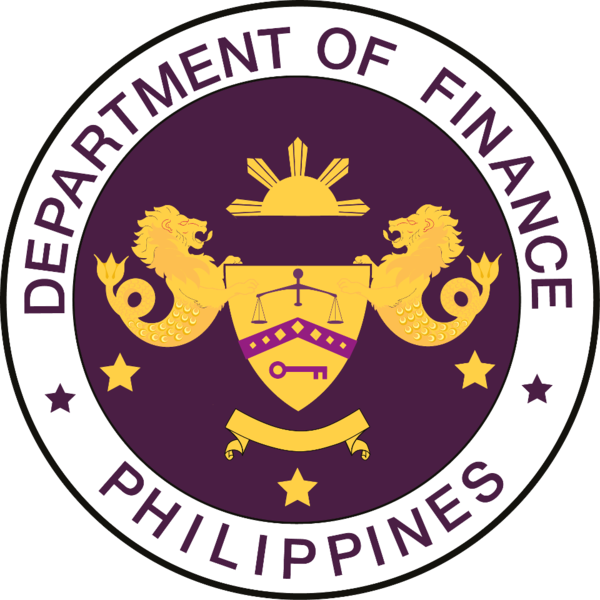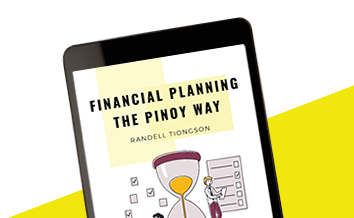7 reasons why the Philippine economic growth is not a bubble in disguise
By Randell Tiongson on November 26th, 2013A Forbes columnist recently wrote an article that stirred up a hornets’ nest. The post called out the Philippine economic miracle as a bubble in disguise. While the author has some valid points we should not ignore, many of us do not agree. The Philippine economy is the fastest growing economy in Southeast Asia and one of the fastest in the world!
So, is the Philippine economic growth really a bubble in disguise? Our answer is a flat no!
I recently had a conversation with my colleague, economist Dr. Alvin P. Ang who is also the President of the Philippine Economic Society. We both felt that the analysis is rather thin and is not very accurate. Truth to be told, his analysis seems to be delinked from our reality.
Here are 7 good reasons why the Philippine economic growth is not a bubble in disguise:
1. The Philippines has enough guarantees (learning even prior to 1998 Asian Crisis) on RE (real estate) bubbles. Banks are not allowed to lend beyond 25% of their portfolios to real estate. The RE market is clearly differentiated into segments and the large bulk affordable to people is not necessarily facing a bubble.
2. Debt to GDP ratio is now low. Majority of the current debts are long term in nature.
3. Stock market already corrected more or less mirroring GDP growth valuation.
4. Our consumer spending has been growing for years – this is financed largely by OFW remittances.
5. OFW remittances are not coming mostly from the US. Our workers are spread all over the world – this is the reason why the 2009 crisis barely affected remittance growth. Besides, BPOs also has a significant contributing factor and also spreading beyond call centers to higher value added outsourced work. The current account position or the short-term foreign exchange payables are in surplus – a far cry from our situation in the 80s and 90s. Are reserves are now in record high!
6. Car sales are increasing not only due to low interest rates, but also because car prices have become lower relative to total income.
7. We are not having a credit bubble when loans to GDP is only 51% one of the lowest in Asia. Non-Performing Loans (NPL) as % of total loans is at all time low of only 2.7% – suggesting the better quality of loans.
Nonetheless, sustaining the current growth path and avoiding any bubble requires that the country take advantage of the low interest rate regime by shifting to productive activities. The concern is the required structural adjustment to match the need for employment growth.
Furthermore, the rebuilding requirements of the devastated areas will push public spending higher cushioning any potential RE bubbles. There is nothing wrong with government spending for infrastructure, as this is what is needed to sustain the growth. With the rebuilding process, government will not be affected by external interest rate fluctuations as multilaterals like Asian Development Bank and World Bank will lend at concessional rates. This will most likely be followed by ‘bilaterals’.
Finally, it is time for local investors and entrepreneurs to believe in this country and not be swayed by external opinions. After all, we live here. It is only us who can disprove opinions made from outside without coming here and studying the country in detail.
The Department of Finance issued a statement in reaction to the “bubble” article featured in Forbes:
———————————
DOF ECONOMIC BULLETIN
25 November 2013
The Philippine economy is not experiencing a bubble, contrary to a Forbes article on 21 November 2013.
First, the current account in the BOP is in surplus, by 4.2% of GDP in the first half of the year. This implies that the economy has more savings than  investment and is even a net lender to the rest of the world. Compared with the 1997-98 Asian crisis, all ASEAN countries except Singapore then had current account deficits. (Hong Kong and China were also in surplus.)
investment and is even a net lender to the rest of the world. Compared with the 1997-98 Asian crisis, all ASEAN countries except Singapore then had current account deficits. (Hong Kong and China were also in surplus.)
As a result of the robust current account, the country’s international reserves are piling up — rising from US$81.7 billion last year to US$83.4 billion in October 2013, equivalent to a year of imports of goods and services, one of Asia’s highest. Compared with 1997-98, ASEAN reserves were equivalent to 1-2 months of imports and were declining at a fast pace until the IMF stepped in to assist these economies.
Second, the inflation rate is manageable at 2.9% in October 2013 — still within the 3-5% Bangko Sentral target. In 1997, ASEAN economies had an average inflation rate of 6.1% and this rose to 15.1% the next year.
Third, the exchange rate continues to be stable, moving just slightly outside the P41-43/US$ range. The 4.2% peso YOY depreciation in October 2013 is far from the 13.1% and 53.8% ASEAN depreciation in 1997-98.
Fourth, the budget deficit is estimated at 1.2% of GDP as of September 2013 — lower than the targeted 2% of GDP. The 35.8% infrastructure spending in the first half of 2013 is due more to realignment of spending priorities than excessive spending.
The strong BOP and fiscal accounts and low inflation do not indicate that a bubble exists.
Colombo mentions some indicators showing a bubble, as follows:
1. Soaring capital inflows – The capital inflows he is referring to are OFW remittances and BPO revenues which have proven to rise even under the worst economic conditions in the West. Personal remittances of OFWs rose 9.7% last year and 6.6% as of September this year even if Europe was in crisis and US was not growing.
2. External debt spike – External debt of the Philippines has been declining from US$60.4 billion in 2011 to US$60.3 billion in 2012 and US$58.1 billion as of June 2013. As % of GDP, this are equivalent to 27.0%, 24.1% and 21.6%, respectively.
3. FDI has boomed during the last 10 years – We would be happy if this were true. FDI has averaged less than 0.9% of GDP during the past 5 years.
4. PSE has tripled since 2009 – The sharp PSE rise (32% average during the last 5 years) just mirrored the sharp rise in corporations’ net income (28.4% rise).
5. Inflating property bubble – The rise in prices and rentals of residential properties in Manila CBD are not a sign of a bubble but are in fact due to rising demand and low supply. Eventually, prices and rentals will go down as new supply comes onstream. As of 2013 Q2, vacancy rate is 9.8% and 4.3% for residential and office space, respectively. When vacancy rates drop below 10%, prices and rentals rise. It is necessary to keep on building to reduce impact on prices.
———————————
We must continue to pray with and for our nation: “Blessed is the nation whose God is the LORD, the people he chose for his inheritance.” – Psalm 33:12, NIV



